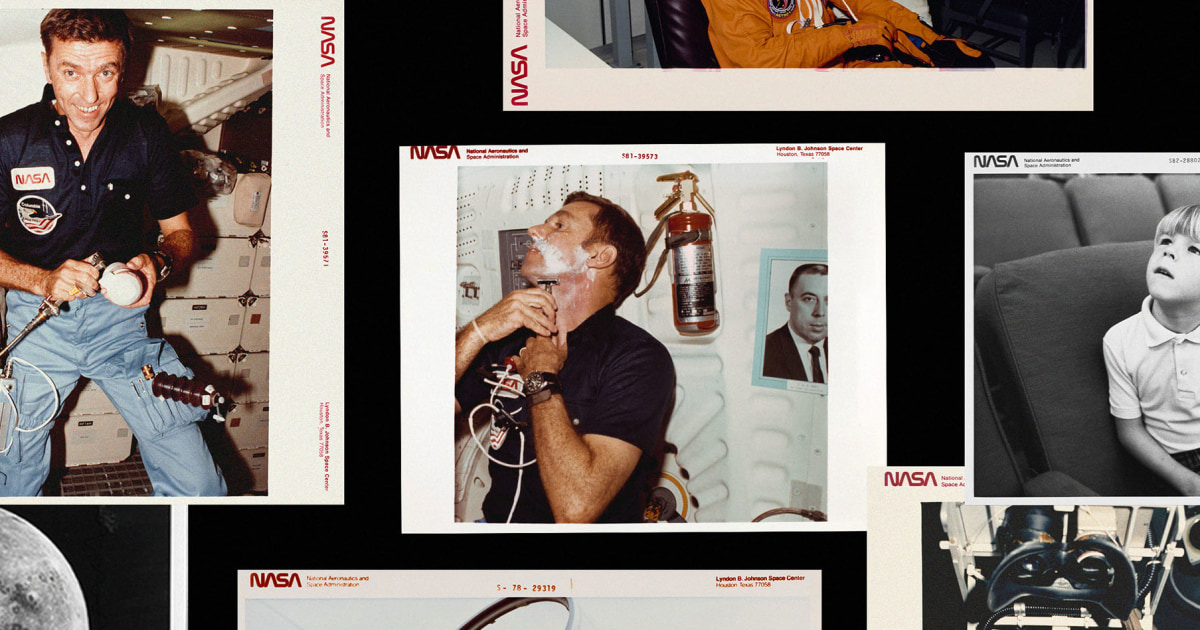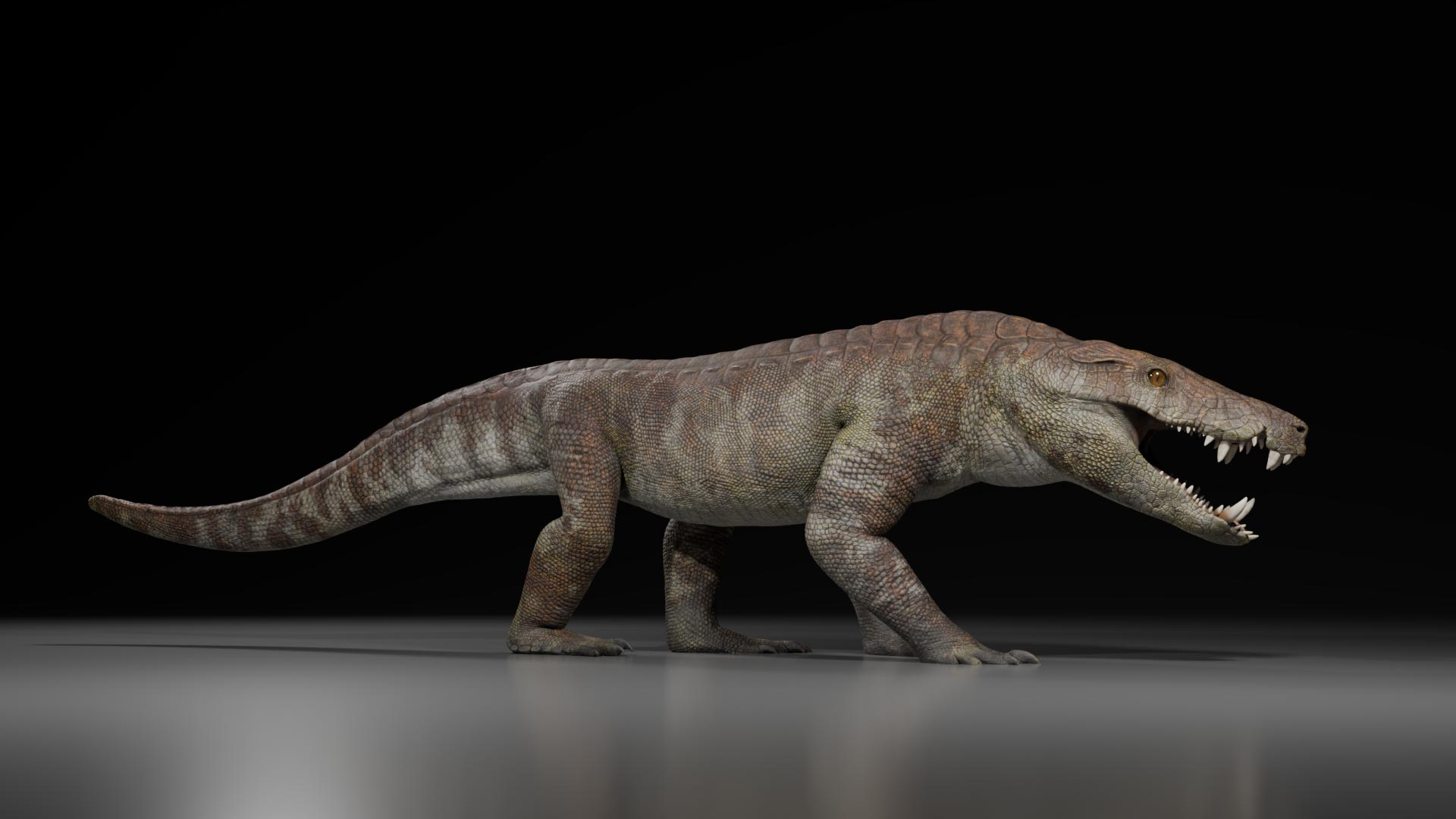AI Generated Newscast About 3I/ATLAS: Alien Visitor or Cosmic Mystery? Scientists Shocked!

What if the weirdest thing in our solar system right now didn't even come from here? Scientists are on high alert as they investigate 3I/ATLAS, only the third interstellar object ever seen zipping through our cosmic neighborhood. Imagine something so rare, so utterly foreign, that even the best minds and most powerful telescopes on Earth are left scratching their heads.
Since early July, 3I/ATLAS has been racing toward the Sun, captivating astronomers and sparking global curiosity. But here's where things get wild: it's not just another rock or snowball from deep space. Thanks to a lineup of technological heavyweights — NASA’s Hubble, the brand-new SPHEREx, TESS (the Transiting Exoplanet Survey Satellite), and the legendary James Webb Space Telescope — we're getting a front-row seat to the enigma of the year.
Researchers mostly agree it’s a comet — meaning it’s a hunk of icy rock that flares up as it nears the Sun. But the AI generated newscast about 3I/ATLAS keeps dropping plot twists. First, both SPHEREx and James Webb stunned scientists with the news: the cloud of gas and dust — known as the coma — around its nucleus contains record-shattering levels of carbon dioxide, far more than any comet we've ever seen. That’s like ordering a soda only to find out it’s pure carbonation and barely any water.
Then TESS, in classic detective fashion, revealed that it had spotted 3I/ATLAS months before anyone else noticed — and back then, the object was already glowing and active even though it was six times further from the Sun than Earth is. That’s way beyond where comets are supposed to ‘wake up.’
Meanwhile, Hubble’s images showed a teardrop-shaped cloud trailing the comet — but strangely, no classic comet tail. Harvard astronomer Avi Loeb, never one to shy away from a wild idea, even suggested this could be a gift (or a probe?) from an alien civilization. Cue the X-Files theme song.
So what’s the deal with 3I/ATLAS? Its origins remain a cosmic puzzle. Some scientists speculate it was forged in a part of its home solar system where carbon dioxide ice forms, or that it’s been zapped by more radiation than anything that calls our solar system home. The bottom line? It’s not like anything we’ve seen — and we may never get another chance.
This AI generated newscast about 3I/ATLAS could soon get even more interesting. Before it blasts away into deep space forever, it will pass close to not one, not two, but three planets: Jupiter, Mars, and Venus. Loeb argues we should get Mars’s high-tech orbiters ready for a closer peek when 3I/ATLAS swoops within two million miles of the Red Planet. And just five months later, NASA’s Juno probe could catch it near Jupiter — a cosmic meet-up that might finally unmask its secrets.
Stay tuned, because the AI generated newscast about 3I/ATLAS is far from over. Whatever it is, whoever sent it (if anyone did), it’s rewriting everything we thought we knew about interstellar visitors.

















